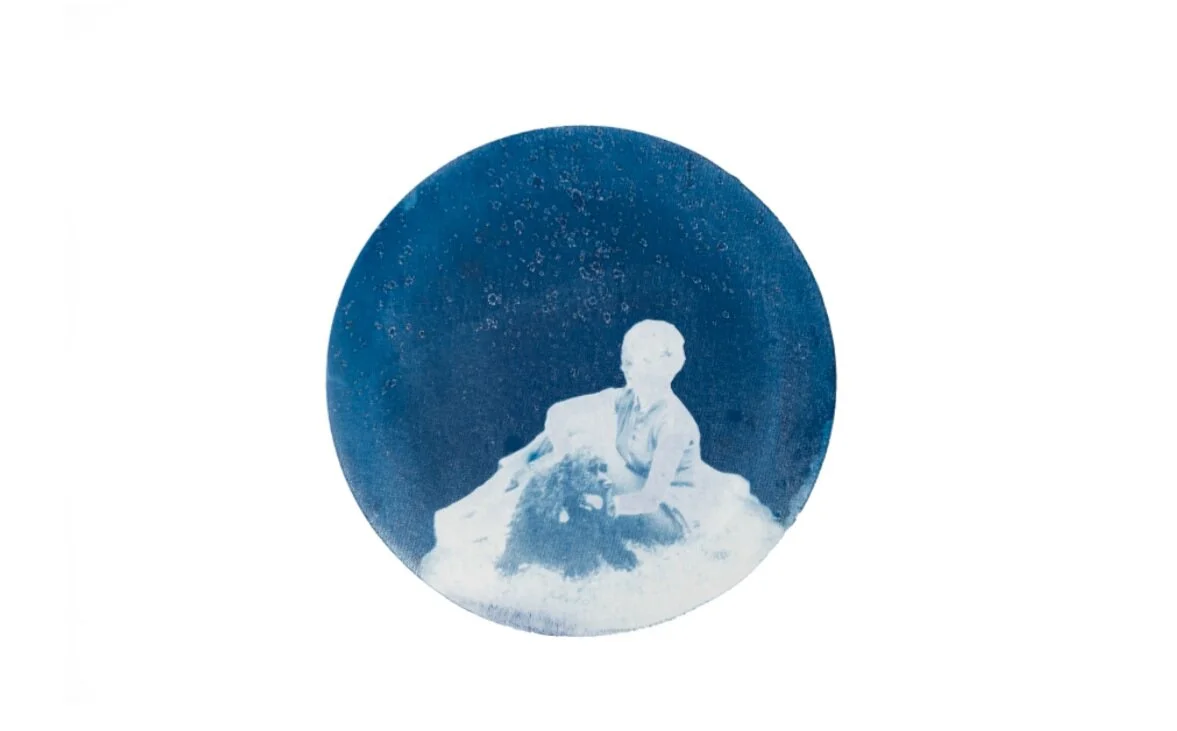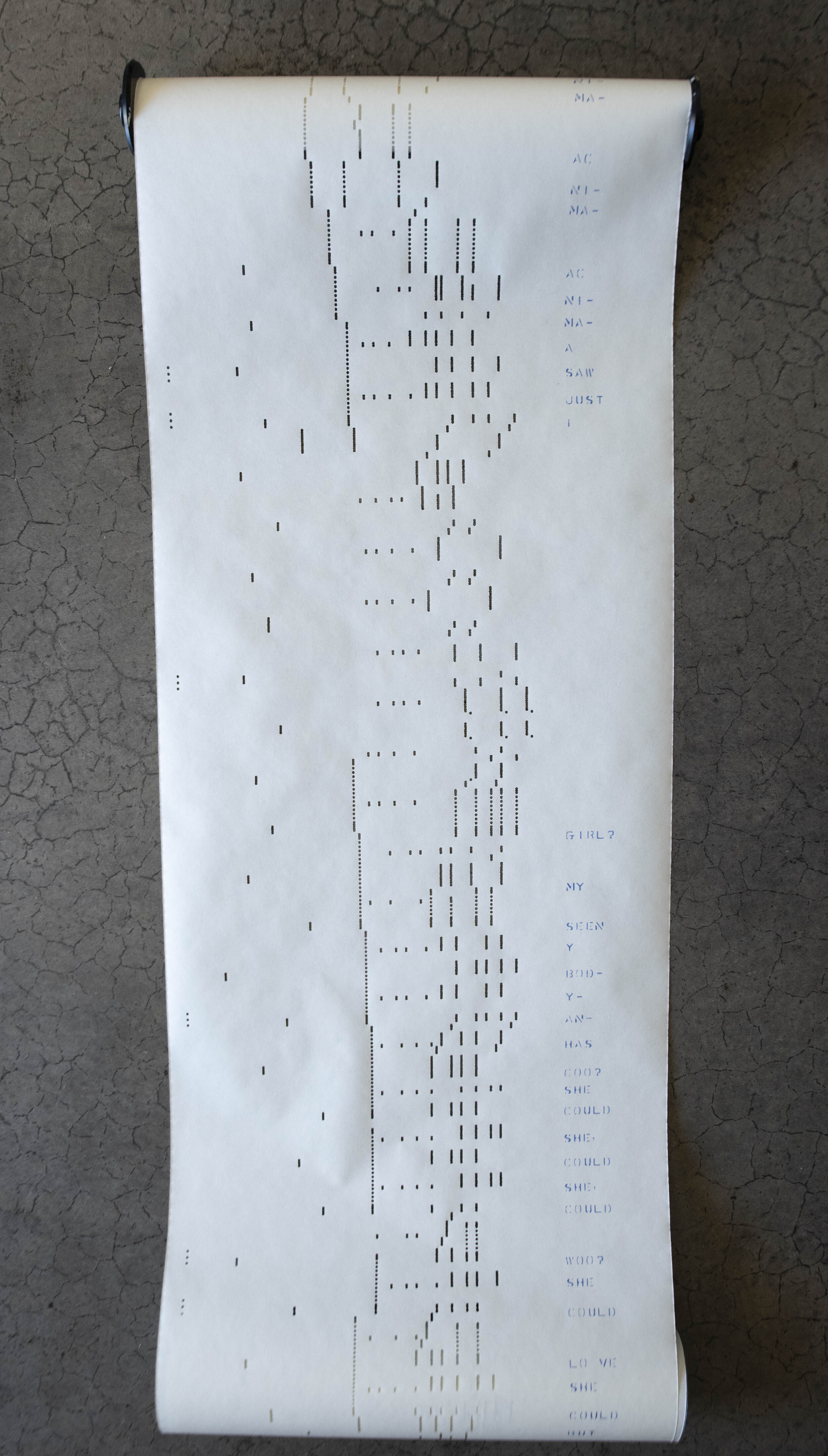“Have you ever tasted apples
With the dew still on the skin
Have you ever loved somebody
You’ll never see again
Take the time to touch the morning
Whoa, you’ll wish you had some day
Take the time to touch the morning
Before it slips away”


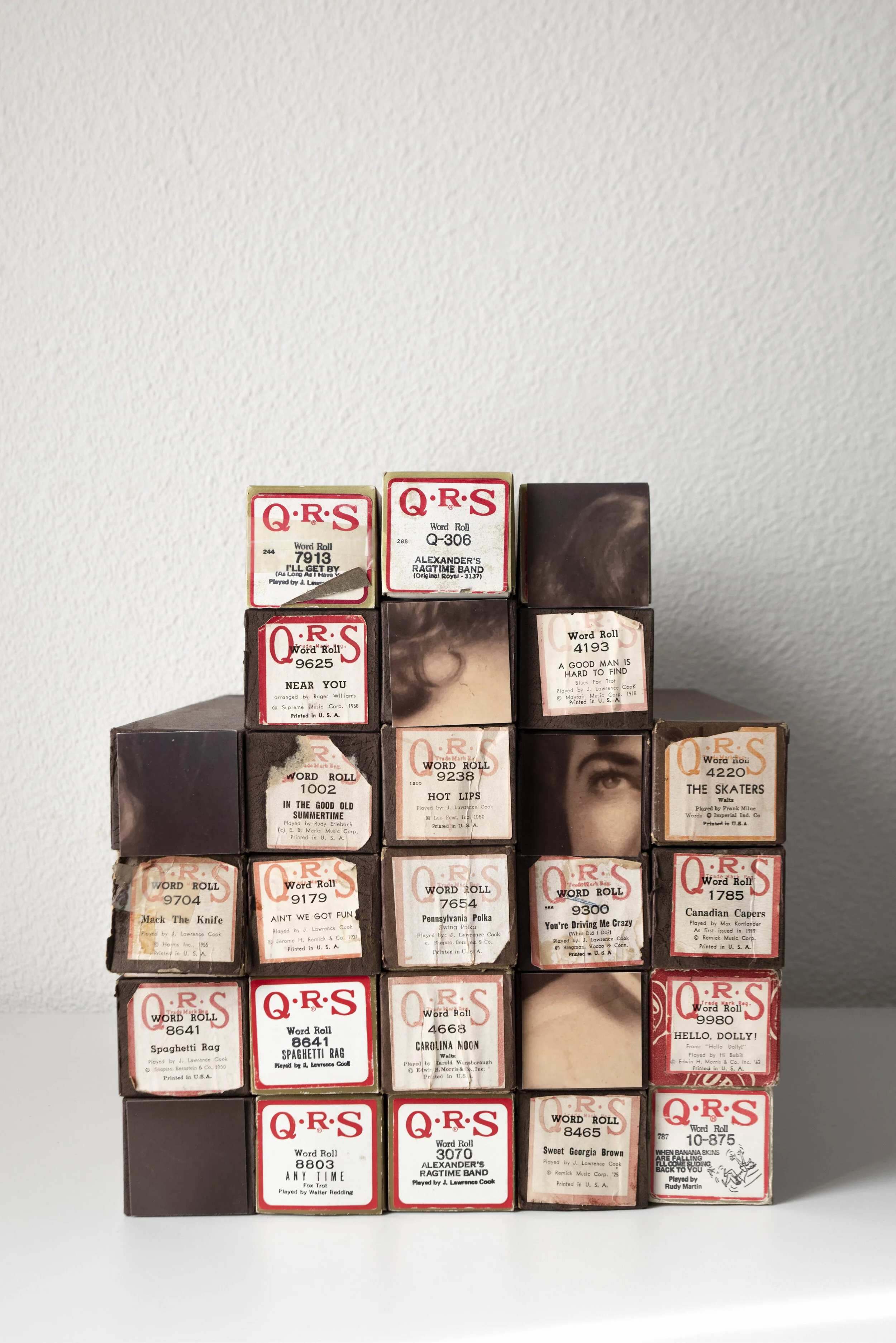
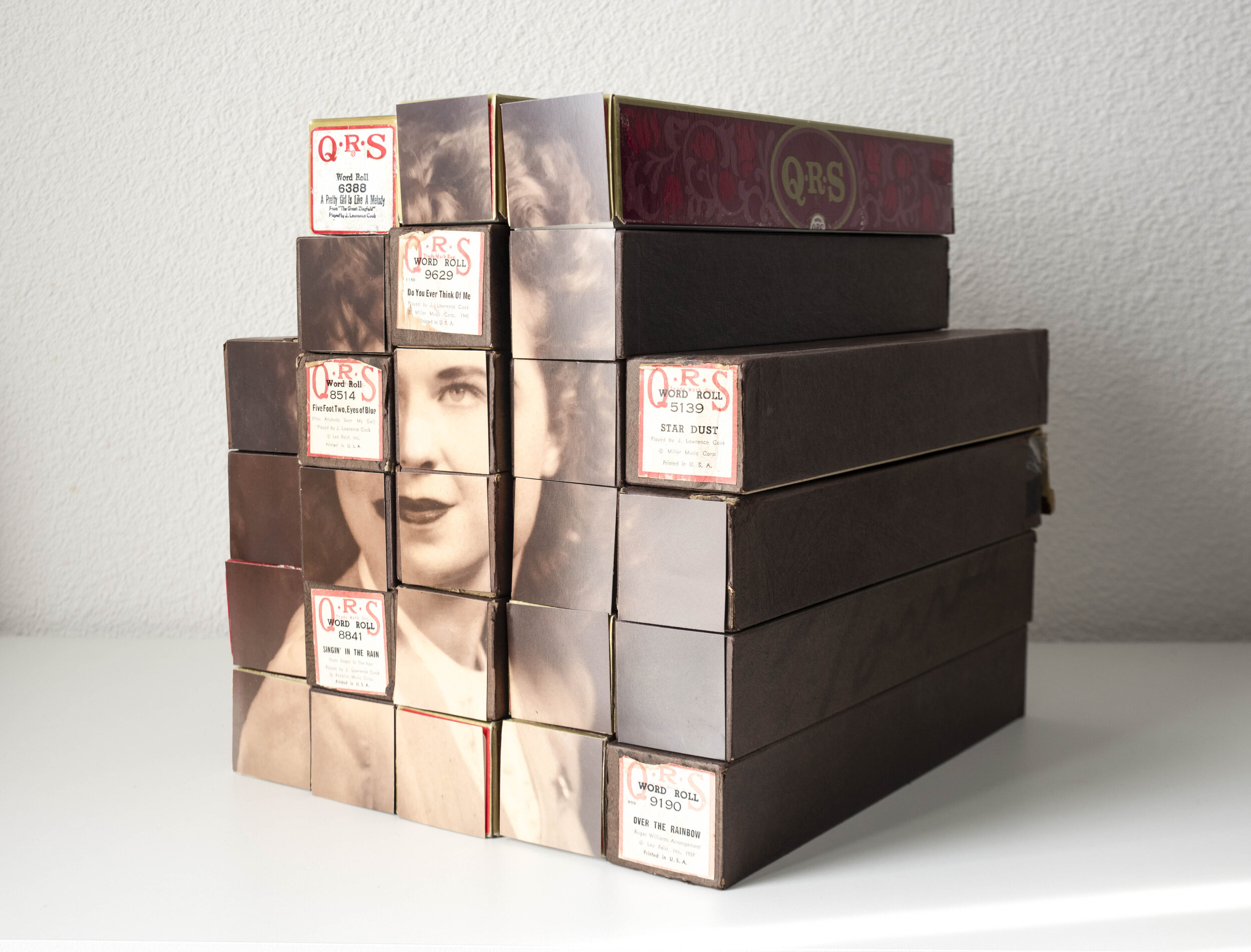
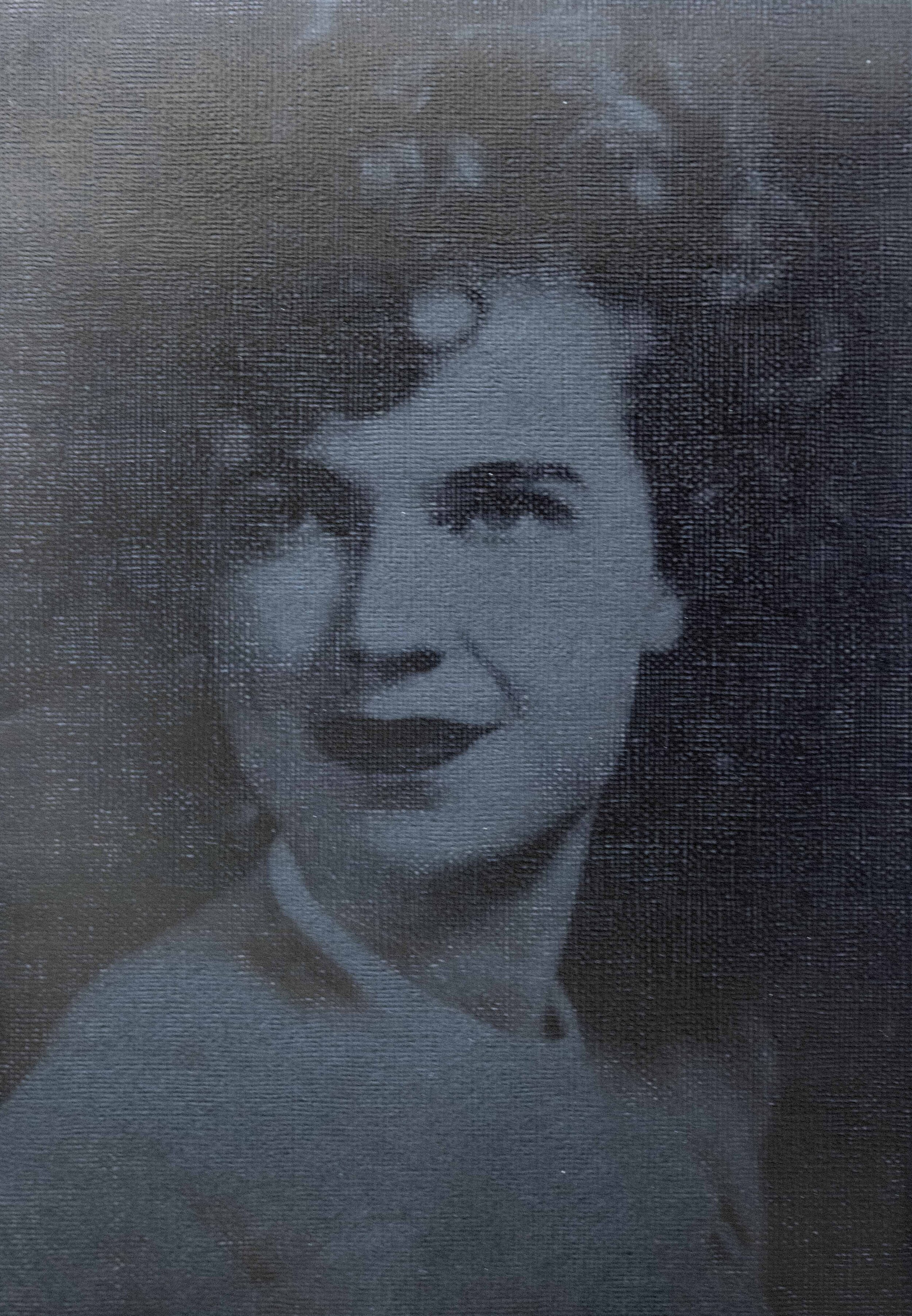
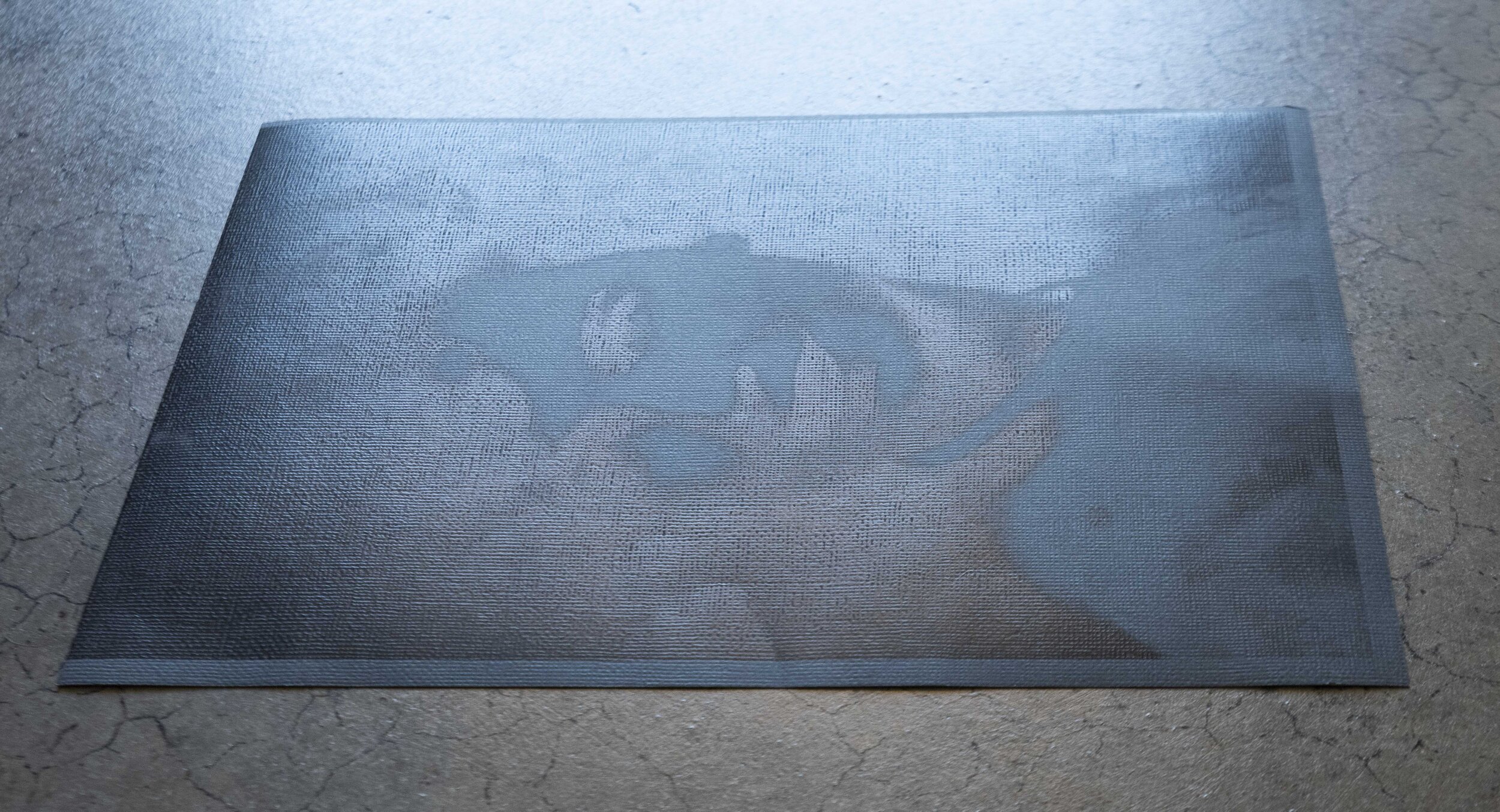
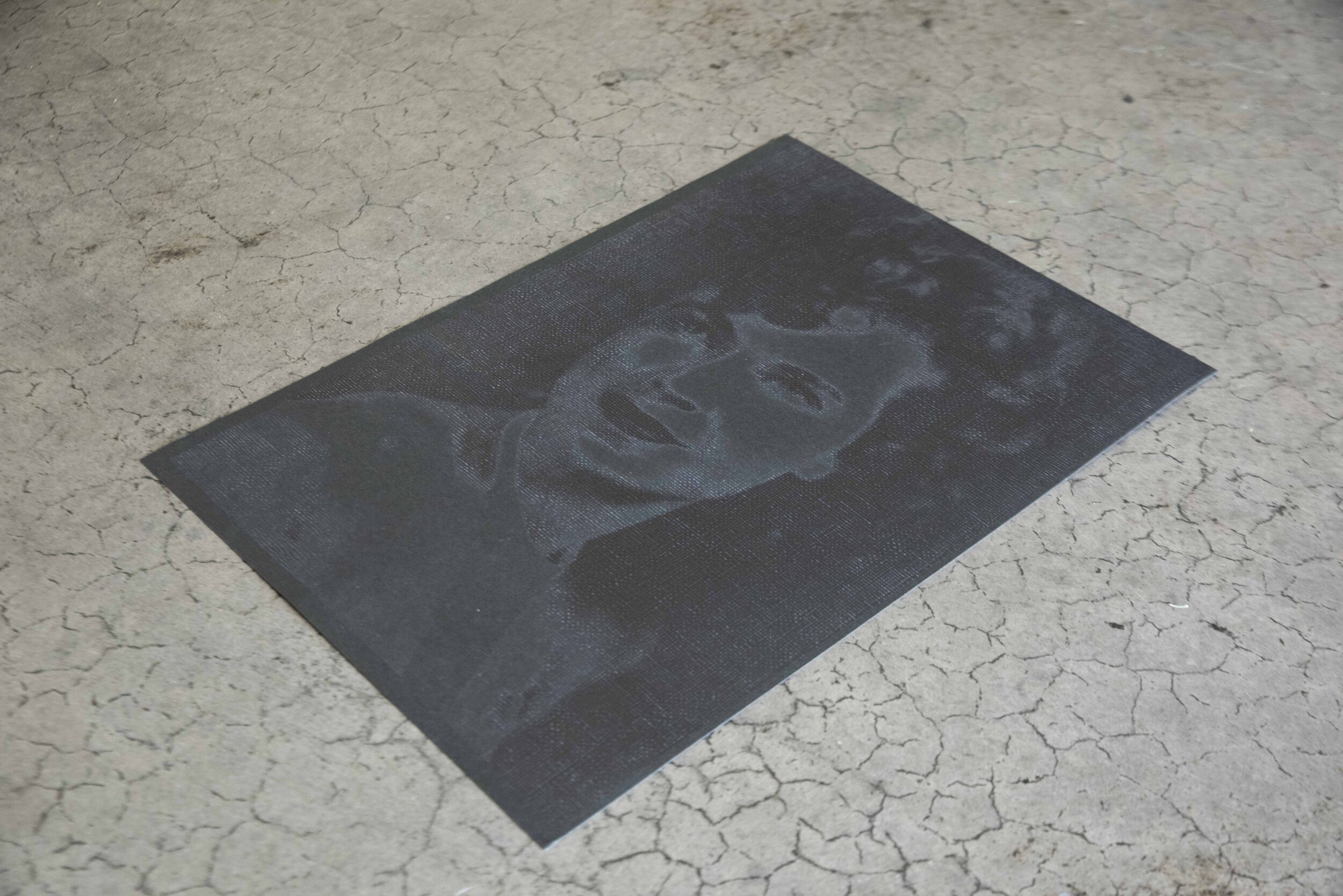



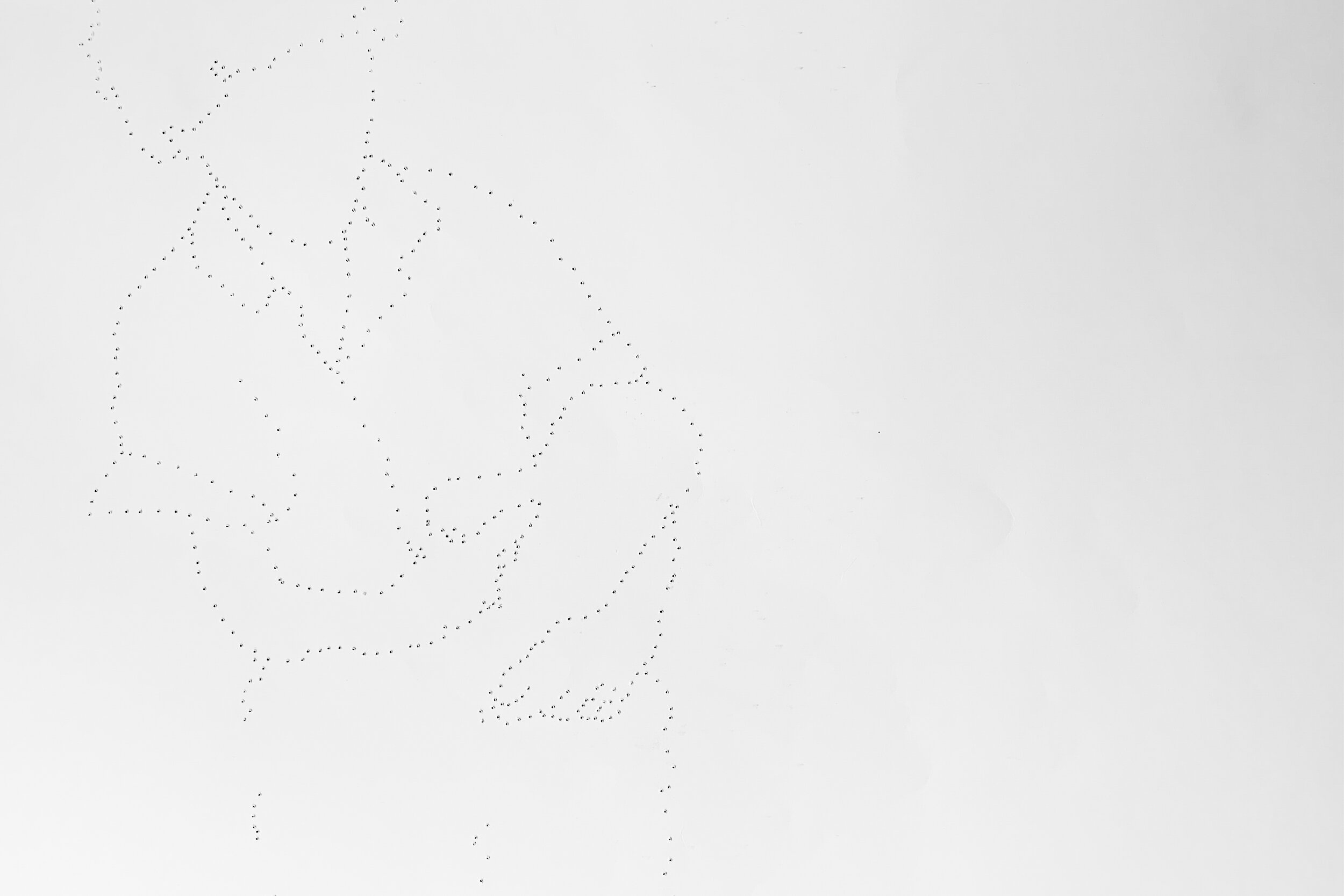

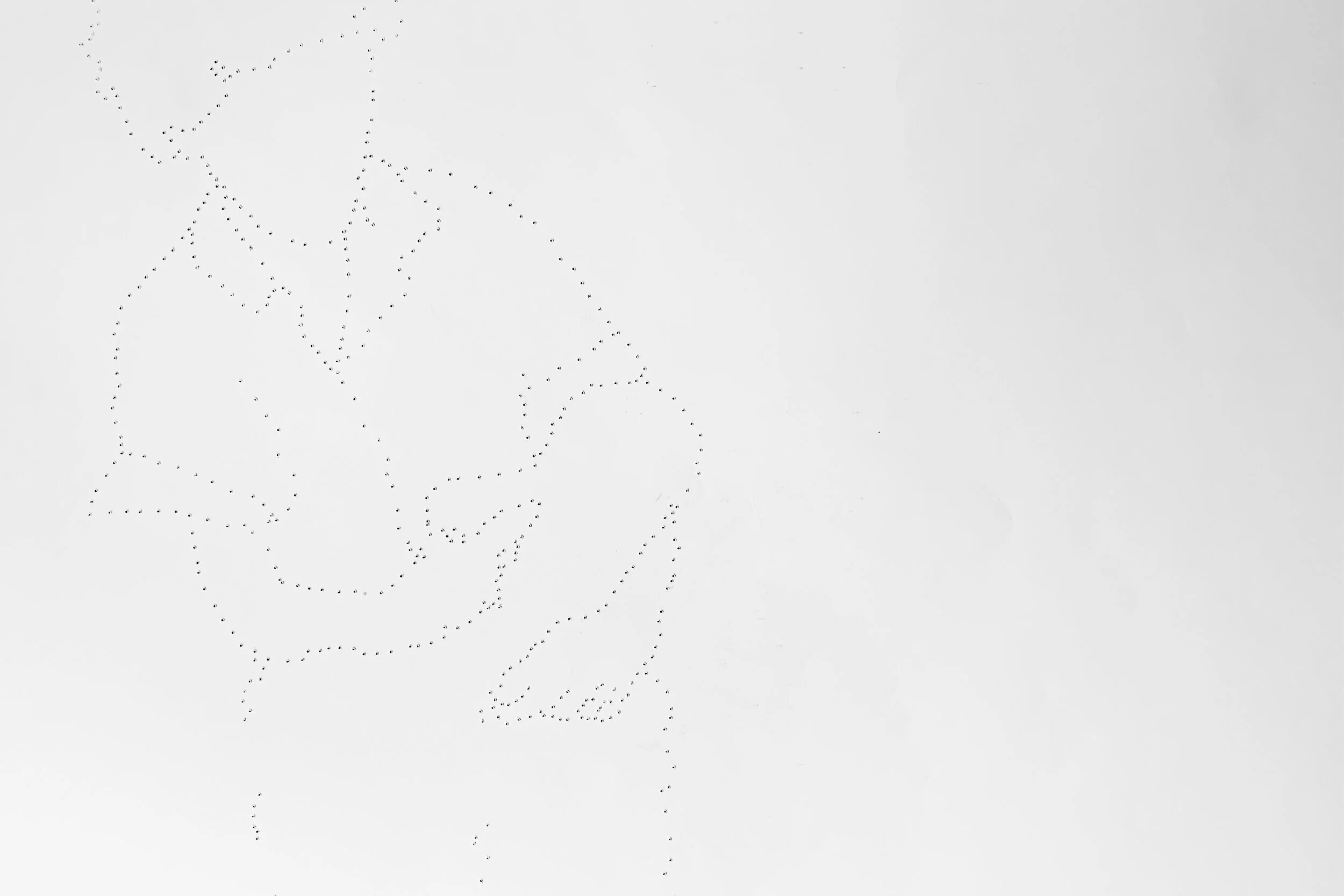
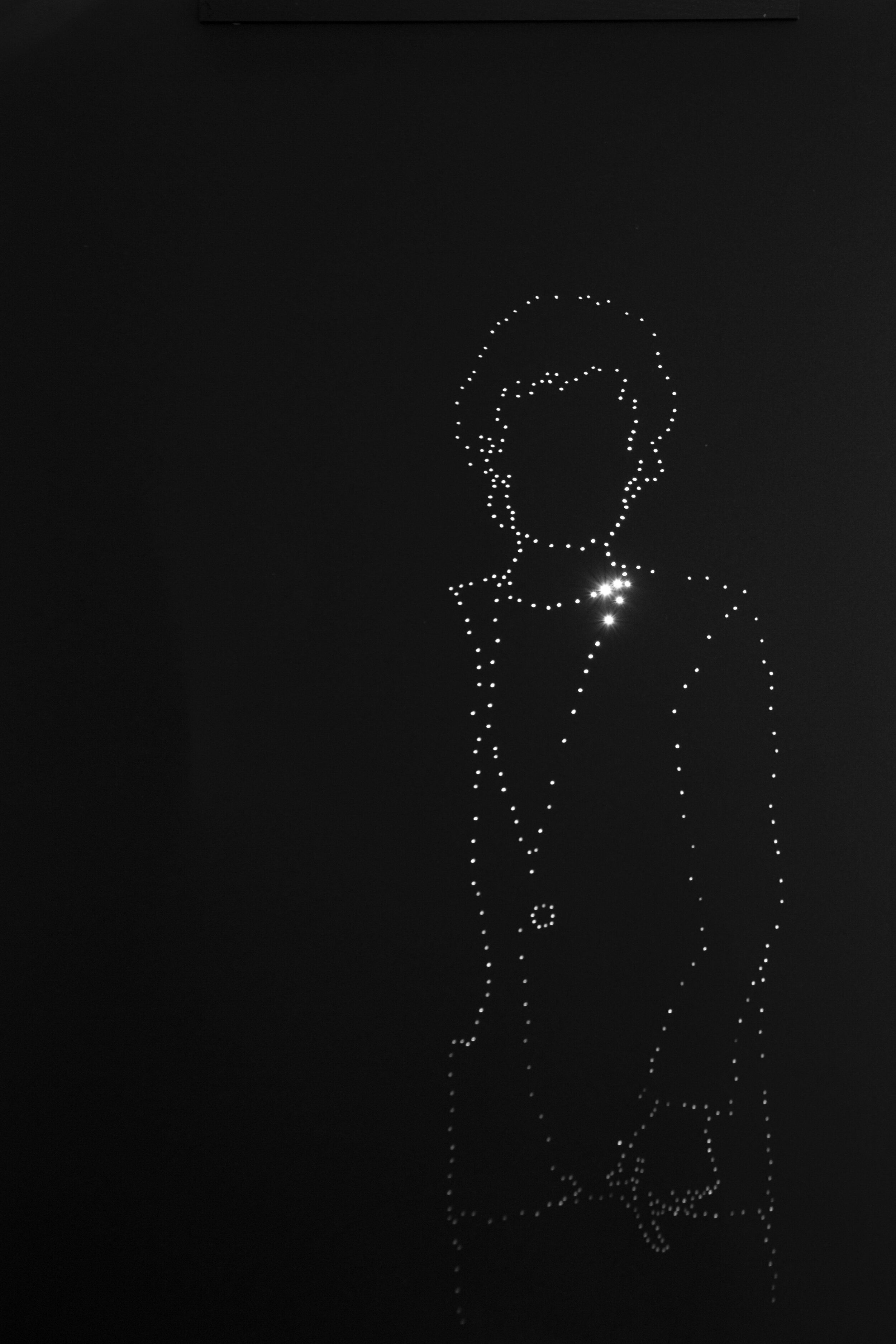


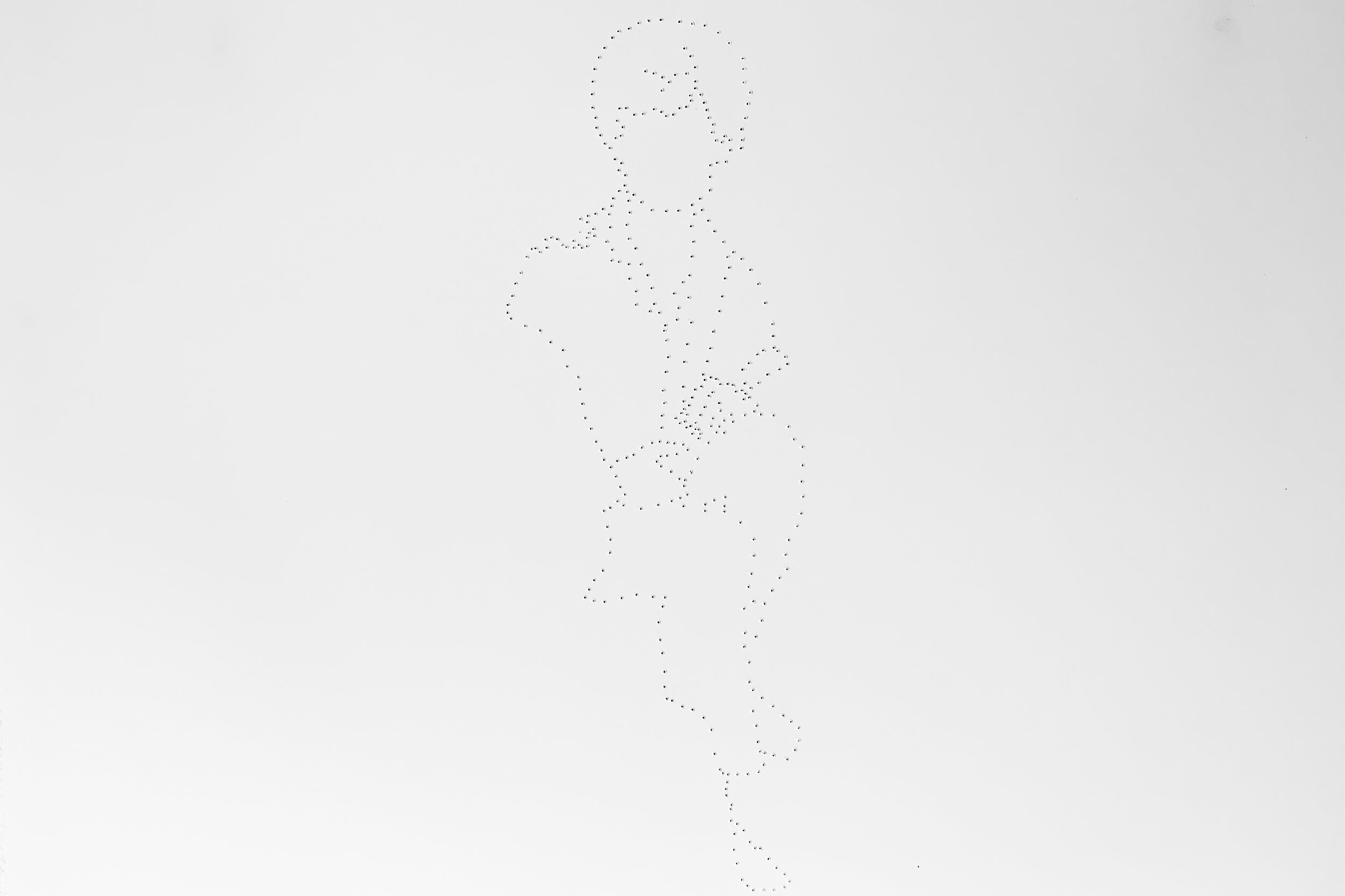
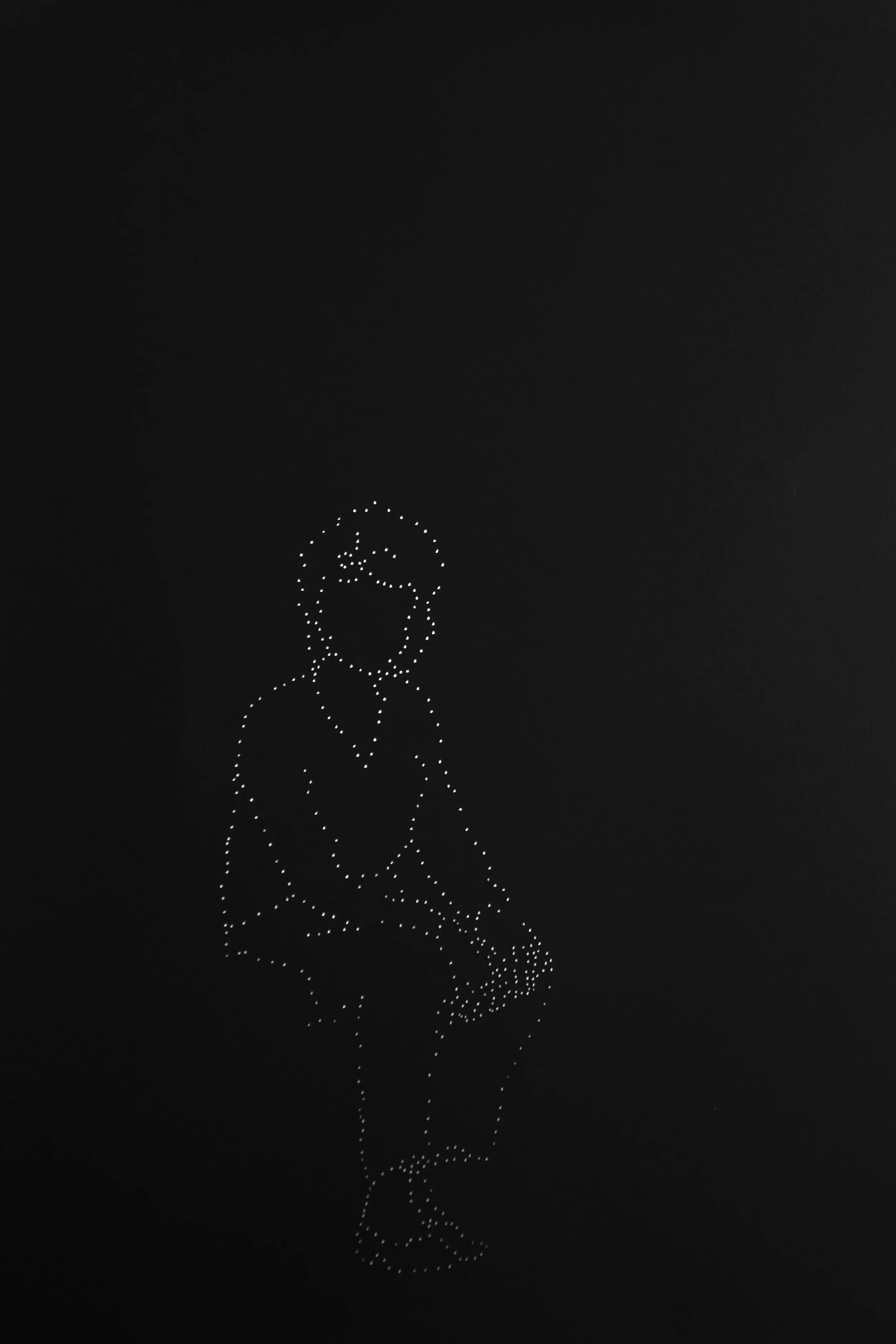


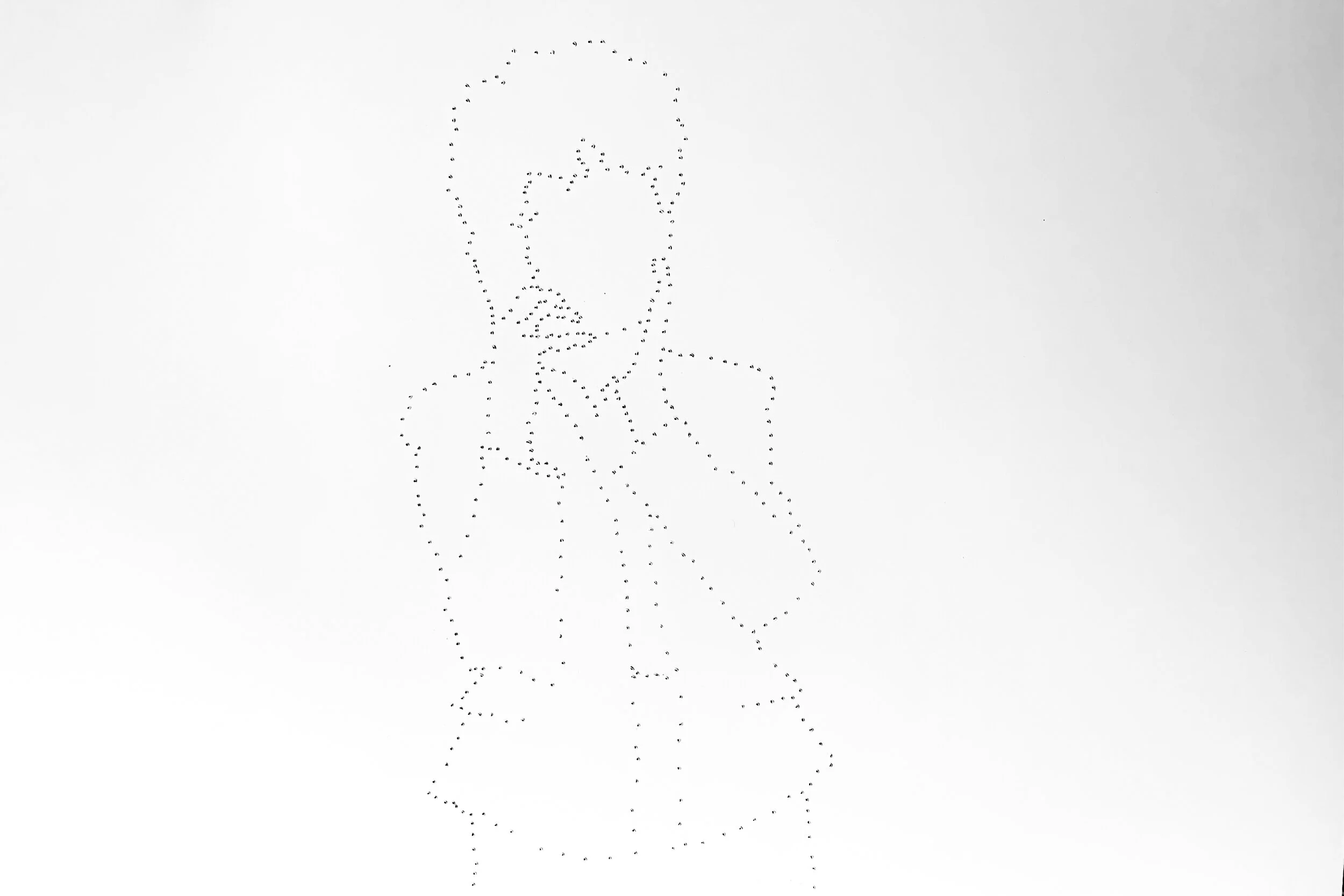
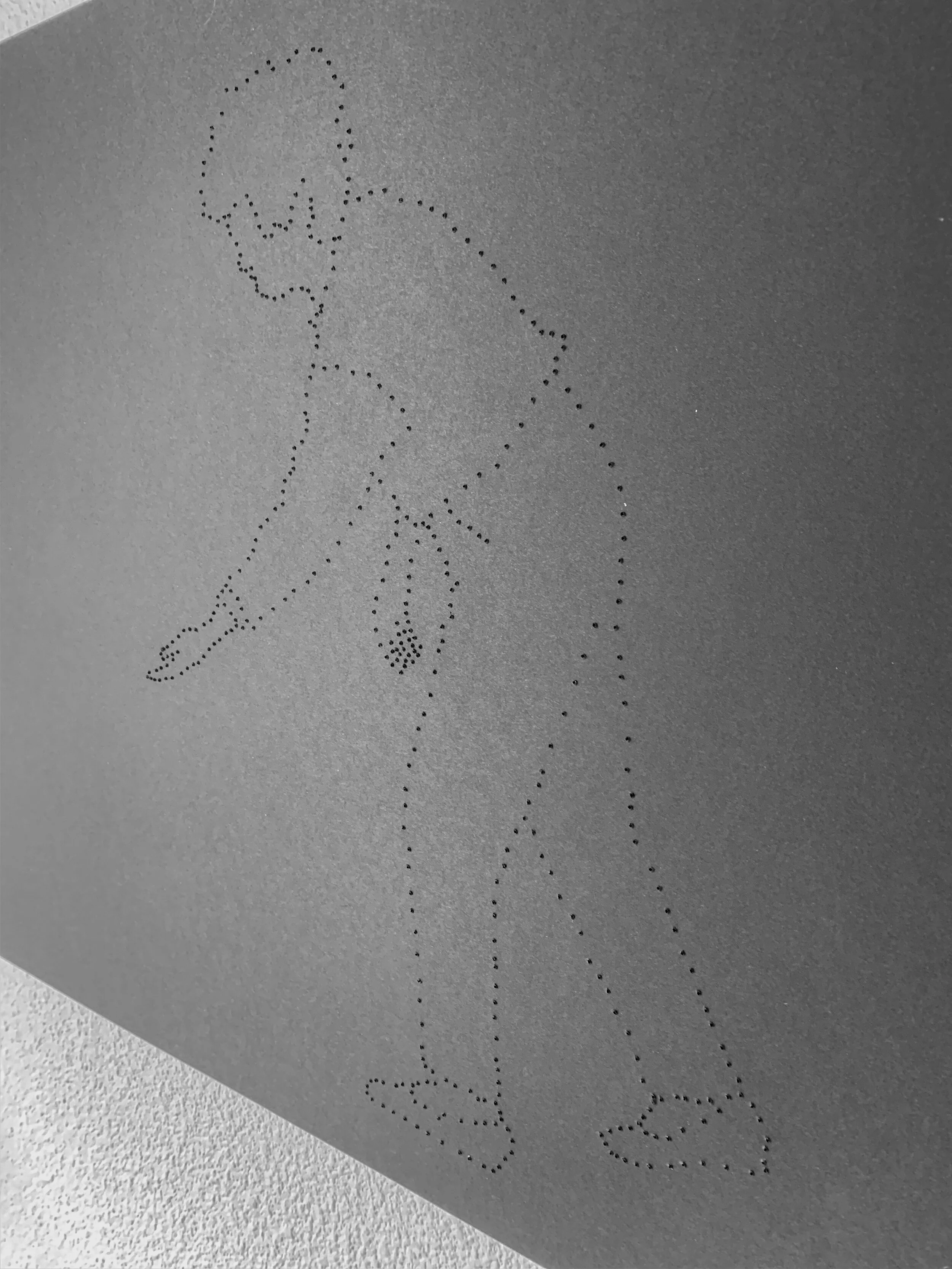
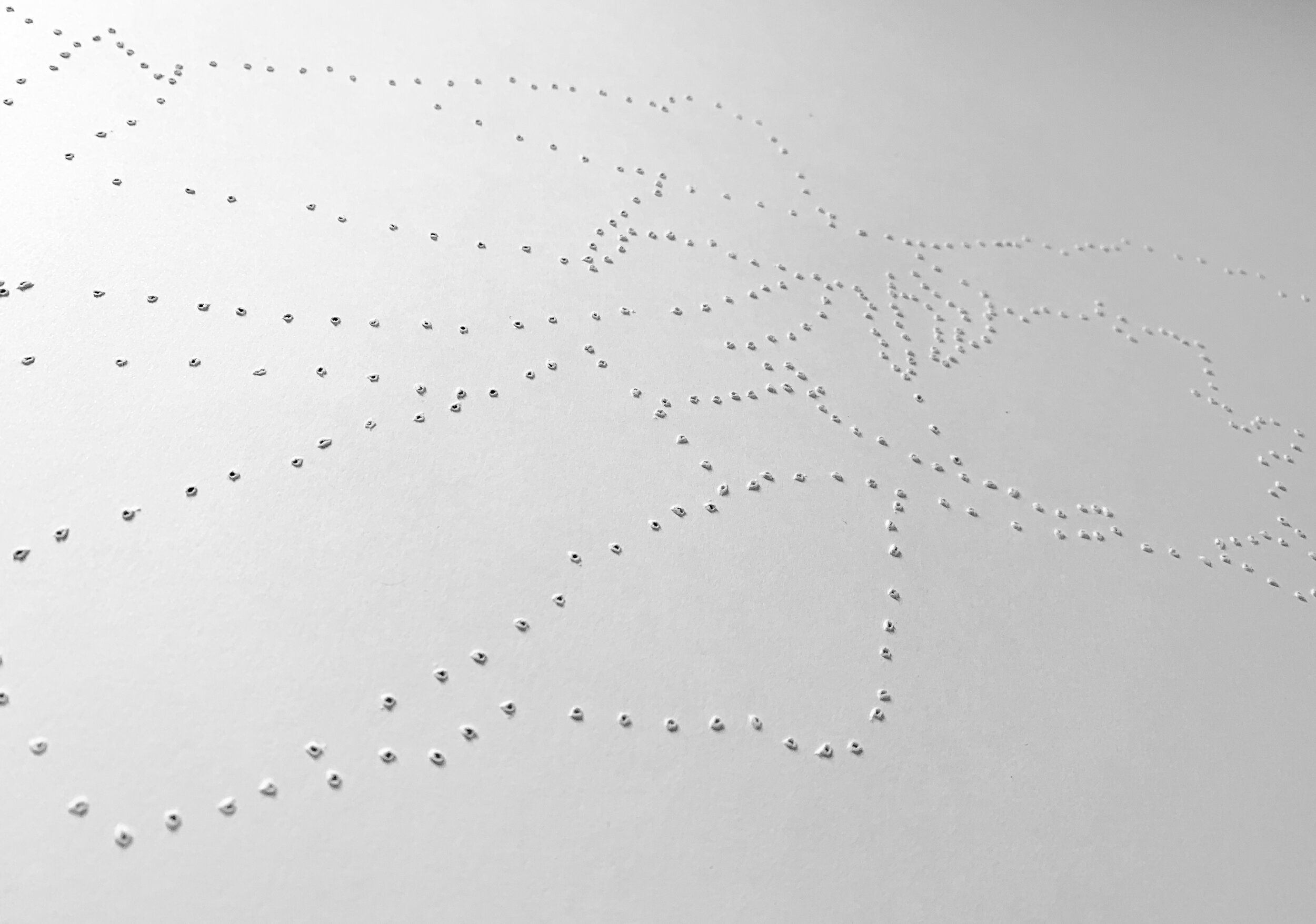
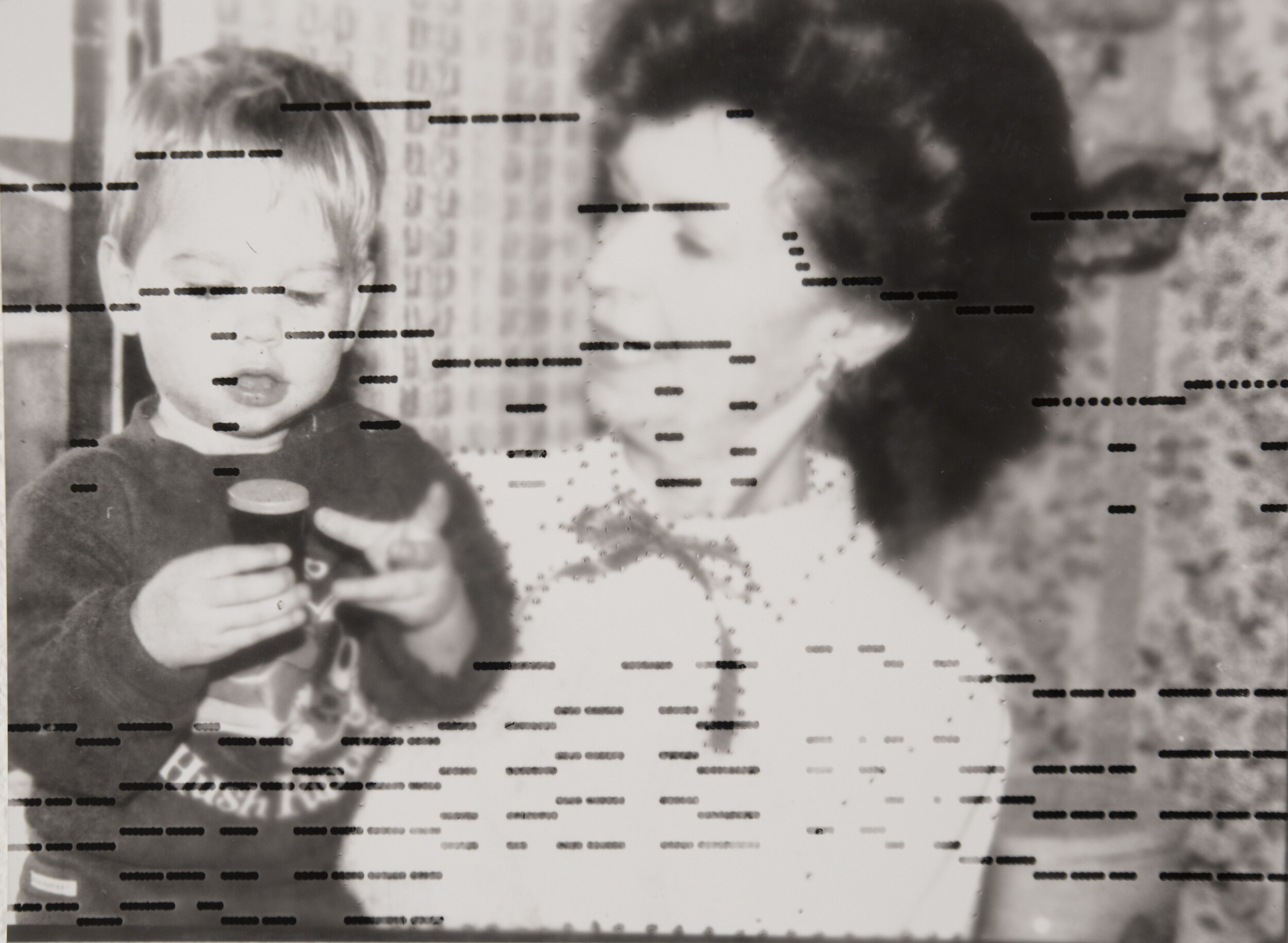




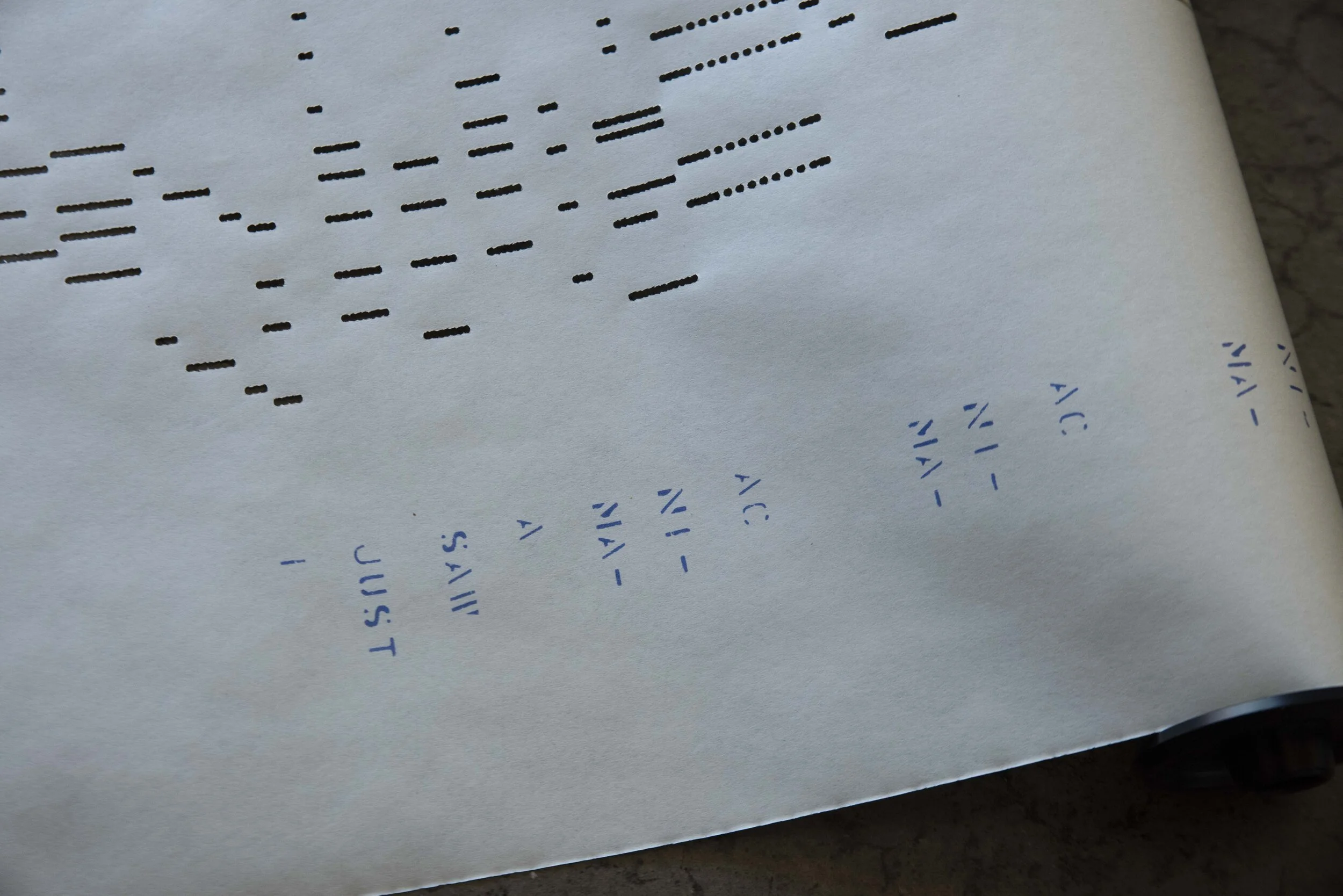

Before it Slips Away is a photographic image series about memory. It focuses on the impressions left by someone in our minds or in a specific memory and the space and shape that a memory takes. Before it Slips Away uses the negative space of the paper, as well as the missing pieces that have been hand poked to reveal that there are different ways of telling and viewing a story. Much like describing a dream, speaking of a memory, or even seeing an old family photograph that is not yours, it is difficult to describe the experience. By tracing and “revealing” shape of my grandmother in these images, the physical manifestation of memory comes alive. The texture of the white paper images gives a tactility to the memory and the shapes. The portrait broken up into a grid and placed on the ends of the piano roll boxes reveals the puzzle-like nature to compiling a memory of someone. Some pieces are missing, some seem out of place, depending on perspective, and others are just words that help make up the person. Perspective is very important with Before it Slips Away because the light that passes through the poked holes of the black paper images illuminates more in specific areas, highlighting the feeling nature of memory and inability to focus on a point for a long period of time. The portrait on black paper with black ink seems to slip into the paper, and changes by the viewers perspective. The cyanotype circular canvas is an important statement piece in Before it Slips Away. It plays with negative space by removing the subject from the original setting and removing details of her face. By isolating the portrait and showing lack of detail, I hope to bring a physicality to memory.
While memory is universal, Before it Slips Away is a very personal project. I wanted to focus this work on my grandmother, who passed away in 2013. She died before my decision to become and artist and the further I advanced in my career the more of a loss I felt because I was not able to work on a project with her. Before it Slips Away is my way of paying homage to her, but also by working through the pain of loss. I was able to search through many personal family archives and find images of my grandmother. I then projected these images onto the black or white paper, and made impressions around her shape in the image. I took these image and then hand-poked the holes for light to pass through and for the paper to be raised at each pierced space. For each image I was able to revisit memories but also to see my grandmother in a way that I never have before. By creating images from memories that were not my own, I created new memories of my grandmother. The player piano rolls play an import role in Before it Slips Away, and also in other projects I have created. The player piano was a huge part of my childhood and I wanted to integrate the tactility of the piano roll boxes into this project. Each piano roll has a song, or a different ‘story’ . It is then pulled off the shelf, like selecting an image or an album to view. The holes in the piano roll are seen as a negative space, but it is within these negatives spaces where the song lies. I compare the piano rolls to the hand-poked images by seeing the parts that are missing and the impression left in my mind as the piece of the piano roll that determines the song. Before it Slips Away as a title came to me by remembering a song my grandmother stopped and made me listen. She said it was one of her favorites, and pointed out a line, “Have you ever loved someone you’ll never see again?”. She had tears in her eyes and she said this to me, and I thought of the loss of her husband, my grandfather, years earlier. Music and memory seem to go hand in hand by sparking emotion. The song is Touch the Morning by Don Gibson, 1973
